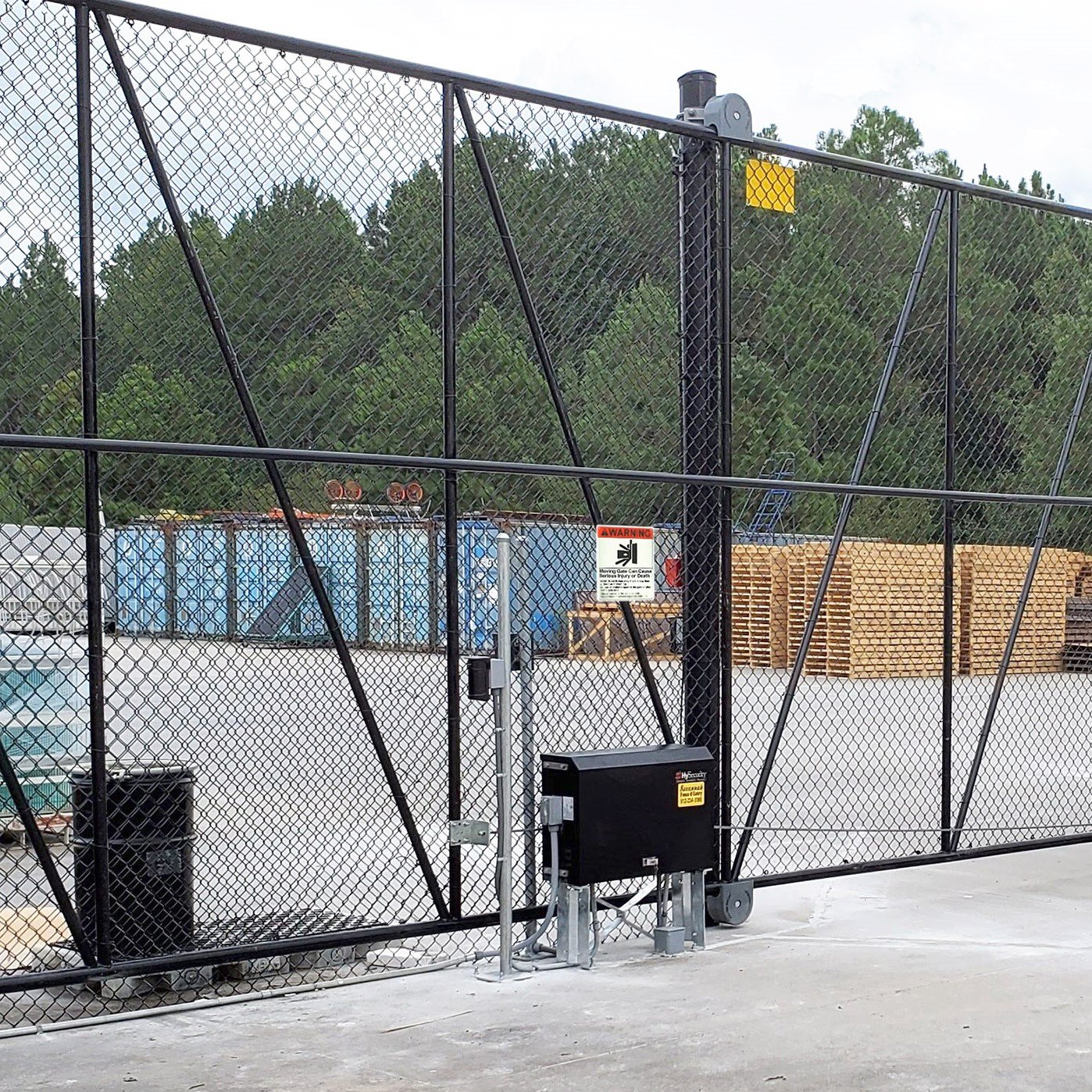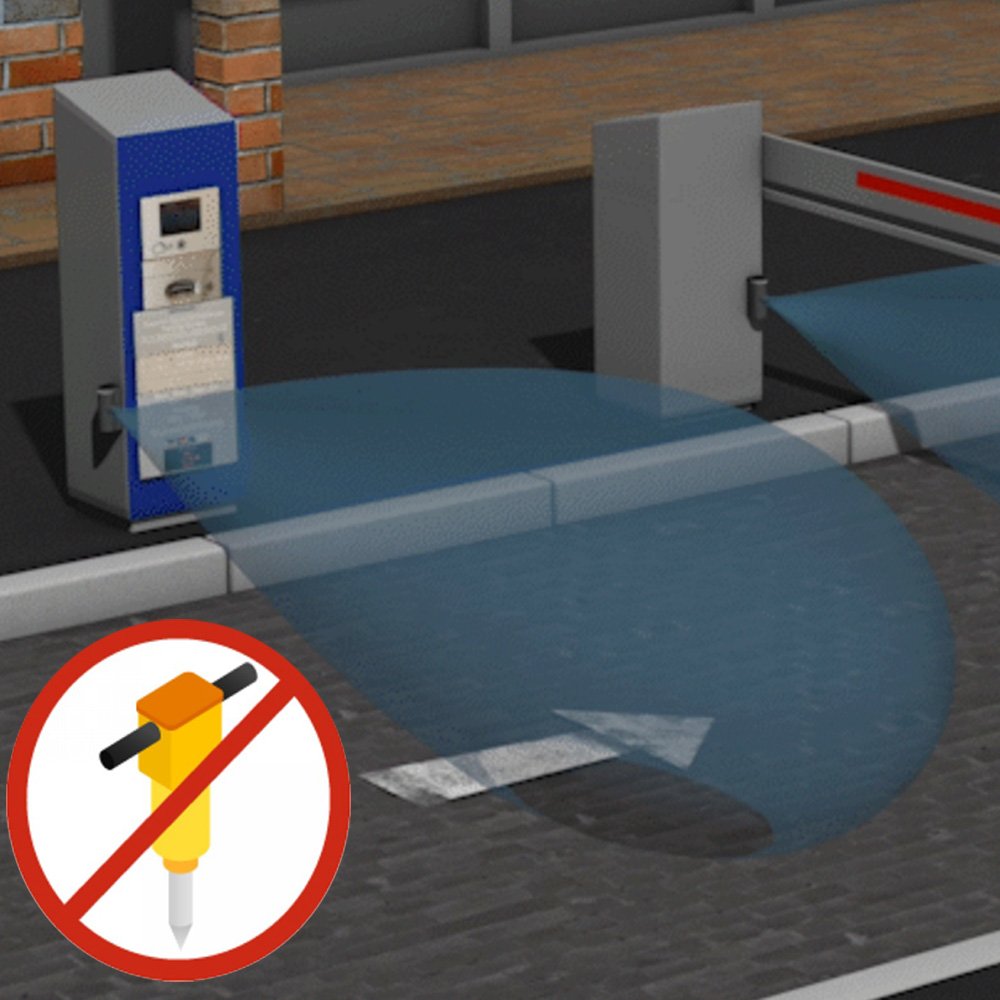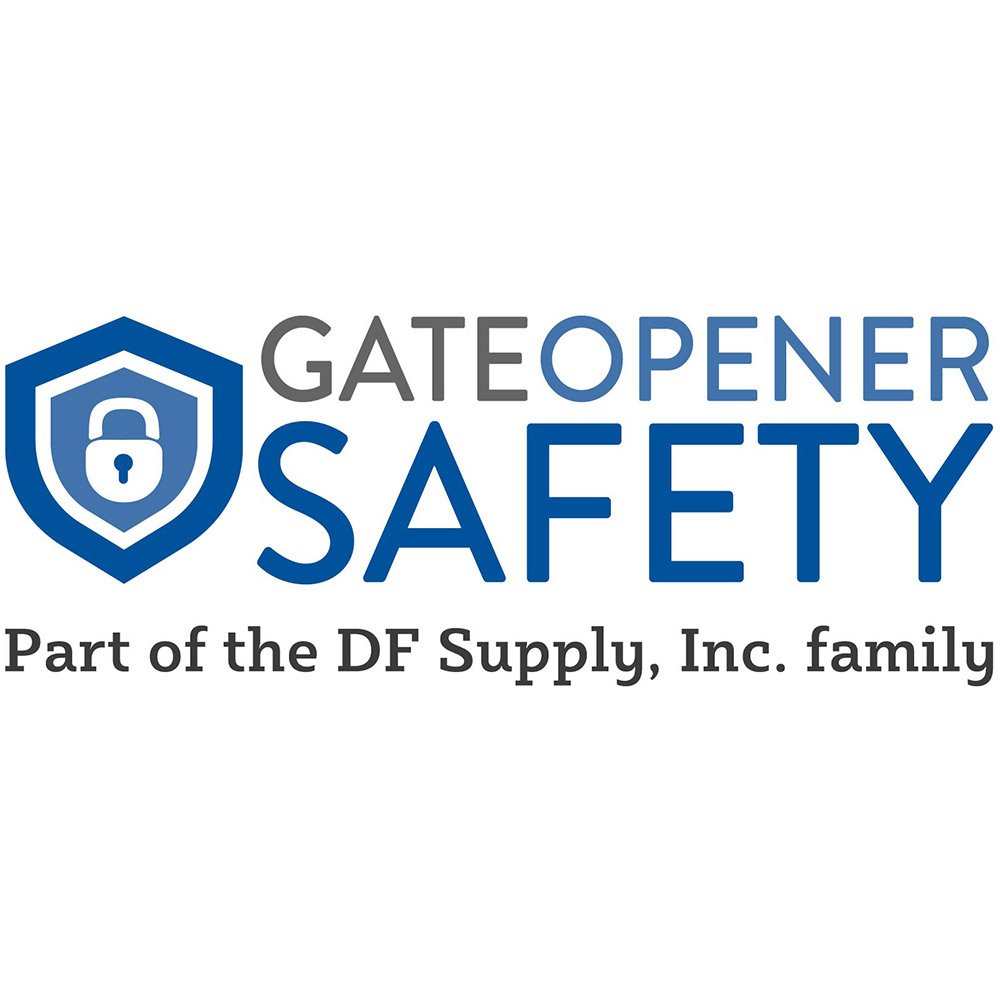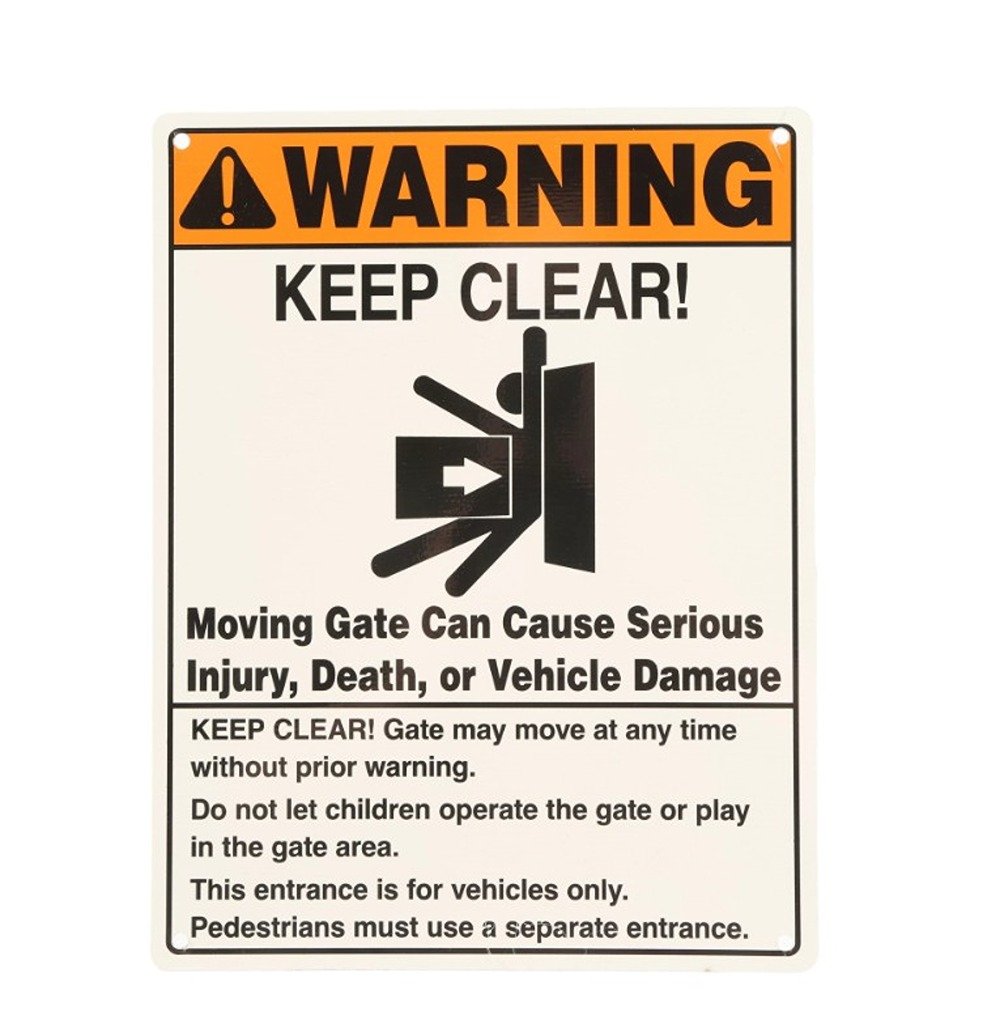Safety Edges for Parking Garage Doors
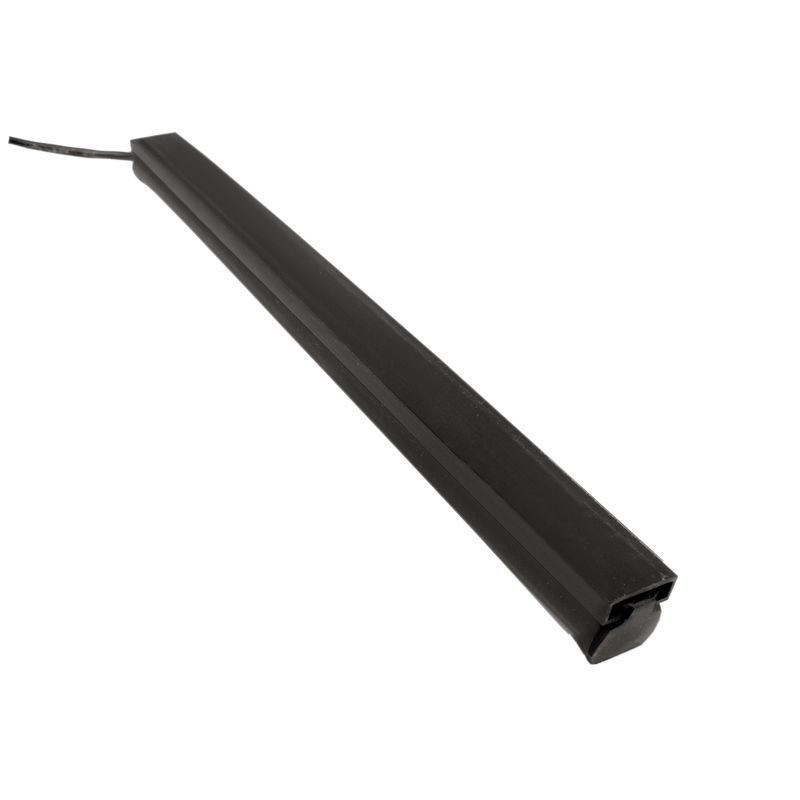
Parking garages experience constant vehicle movement throughout the day, making safety a top priority for both operators and users. One of the most effective ways to prevent damage to vehicles and reduce the risk of injury is by using safety edges on garage doors and gates. These pressure-sensitive strips are designed to detect contact and immediately send a signal that stops or reverses the door’s motion. This action prevents the door from continuing to move against an obstruction, helping to avoid accidents and property damage. In a high-traffic environment like a parking garage, where quick entry and exit are often expected, safety edges add a crucial layer of protection that supports both convenience and safety without compromising performance.
Understanding How Safety Edges Work
Safety edges operate through a simple but highly effective mechanism. When someone or something comes into contact with the edge, it compresses slightly. This compression activates an internal switch, which sends a signal to the garage door or gate controller to stop or reverse motion instantly. This mechanism is responsive and reliable, which is essential in busy parking garages where a delay of even a second could result in damage or injury. The edge itself is designed to function consistently over repeated use and under varying environmental conditions. Whether the door is moving quickly or slowly, the edge remains sensitive enough to detect the slightest contact, making it a dependable feature for facilities with heavy daily use.
Why Parking Garages Should Use Safety Edges
Parking garages present unique challenges that make safety edges especially valuable. With limited visibility, frequent movement of vehicles, and varying driver behavior, the risk of an accident involving a gate or rolling door is significantly higher than in more controlled environments. Safety edges act as a smart safeguard, providing an immediate response to potential hazards and ensuring that doors don’t continue closing on cars or pedestrians. This is particularly important during peak hours, when the flow of traffic is high and drivers may be distracted or in a hurry. For facilities that offer automated entry or use access control systems, safety edges ensure that automated processes don’t come at the expense of user safety. They also help meet safety regulations and reduce liability concerns by ensuring that equipment responds appropriately to unexpected contact.
Benefits of Using Wireless Safety Edges
Wireless safety edges offer the same responsive functionality as wired ones, but without the need for physical connections running from the edge to the control box. Instead, a transmitter built into the edge communicates directly with a nearby receiver that connects to the door or gate controller. This setup allows for a cleaner and more flexible installation, particularly in environments where wiring could be damaged or where access is limited. For parking garages, which often require equipment to be weather-resistant and compact, wireless edges are ideal. They reduce the complexity of the system while maintaining full responsiveness, making them easier to maintain and less prone to disruption. Their ability to function without exposed wiring also helps prevent issues caused by wear, corrosion, or accidental tampering.
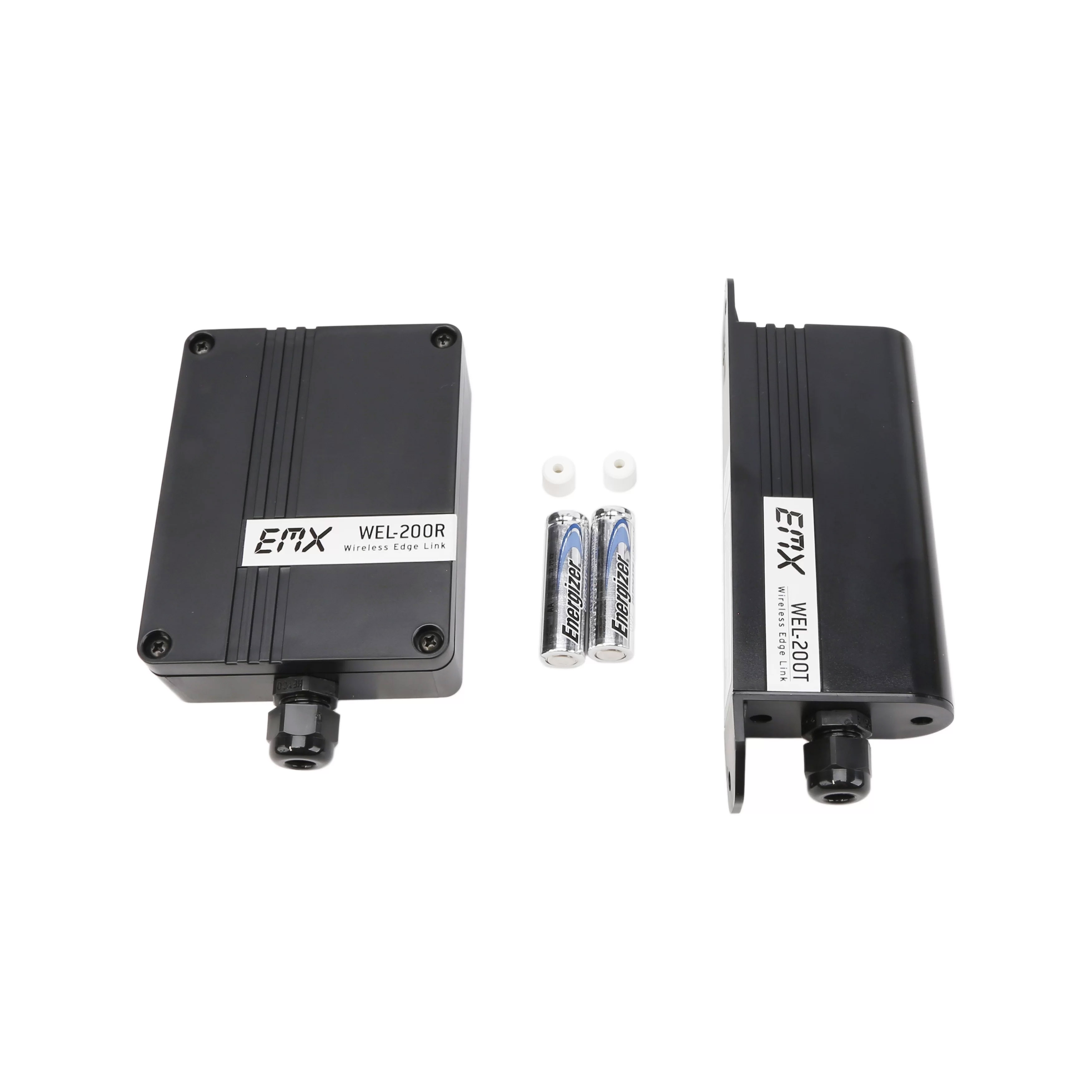
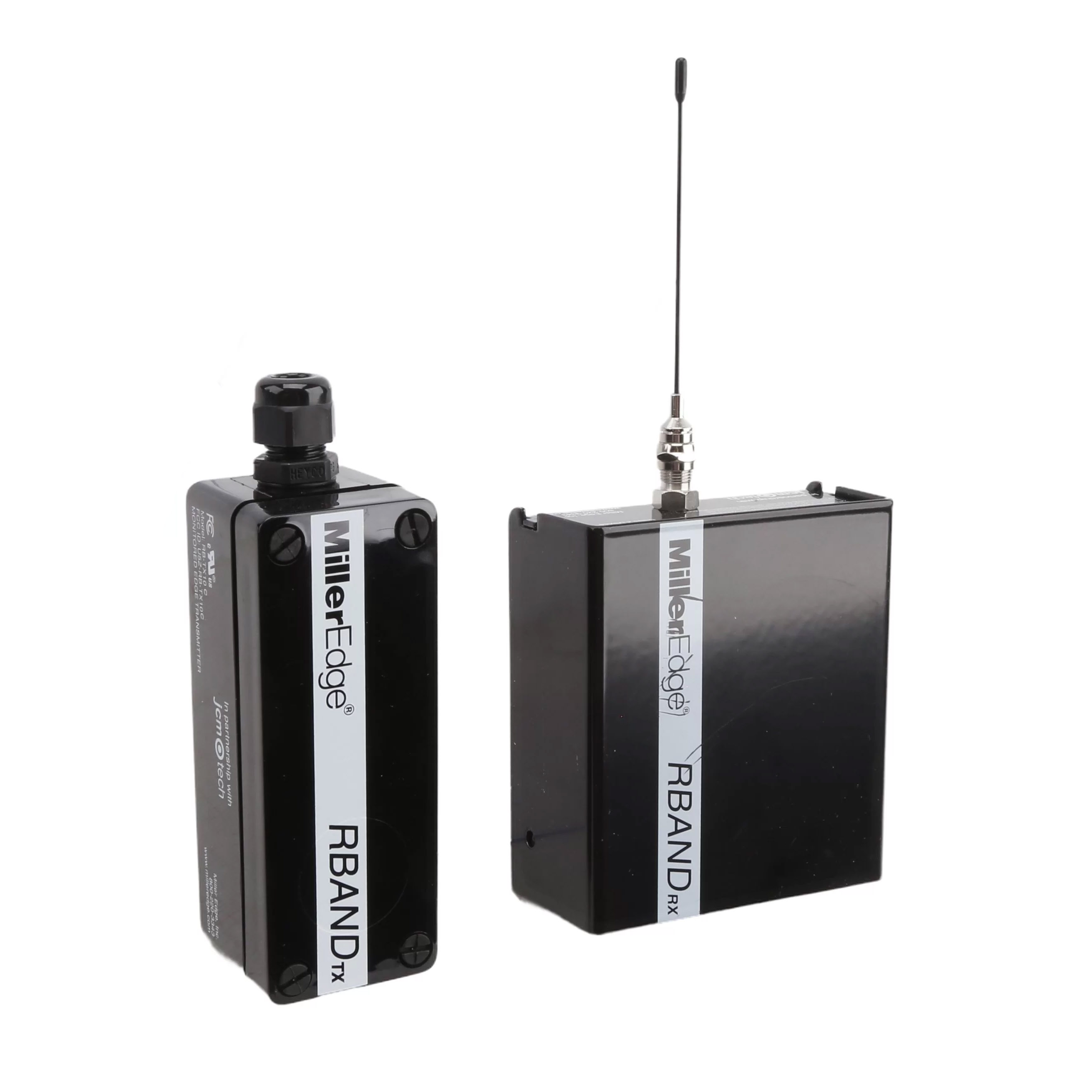
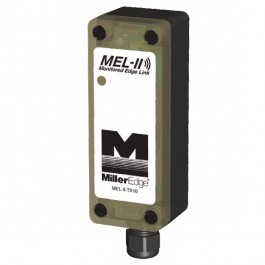
Shop Wireless Safety Edges
How to Install Safety Edges on Garage Doors
Installing safety edges involves mounting the edge along the leading edge or bottom of the moving door or gate. For wired versions, low-voltage wires are routed through protective channels to the control system. These channels not only protect the wiring but also help guide and secure it in place, ensuring a clean and organized appearance. In the case of wireless edges, the transmitter is attached directly to the edge, and the receiver is placed near the control box to maintain a reliable communication path. After installation, the system should be tested to confirm that it responds accurately and consistently across the entire edge. It’s important to check that the edge triggers the door to stop or reverse as intended, and that the wireless signal is strong and uninterrupted. This setup provides long-term reliability with minimal maintenance, even in high-traffic areas.
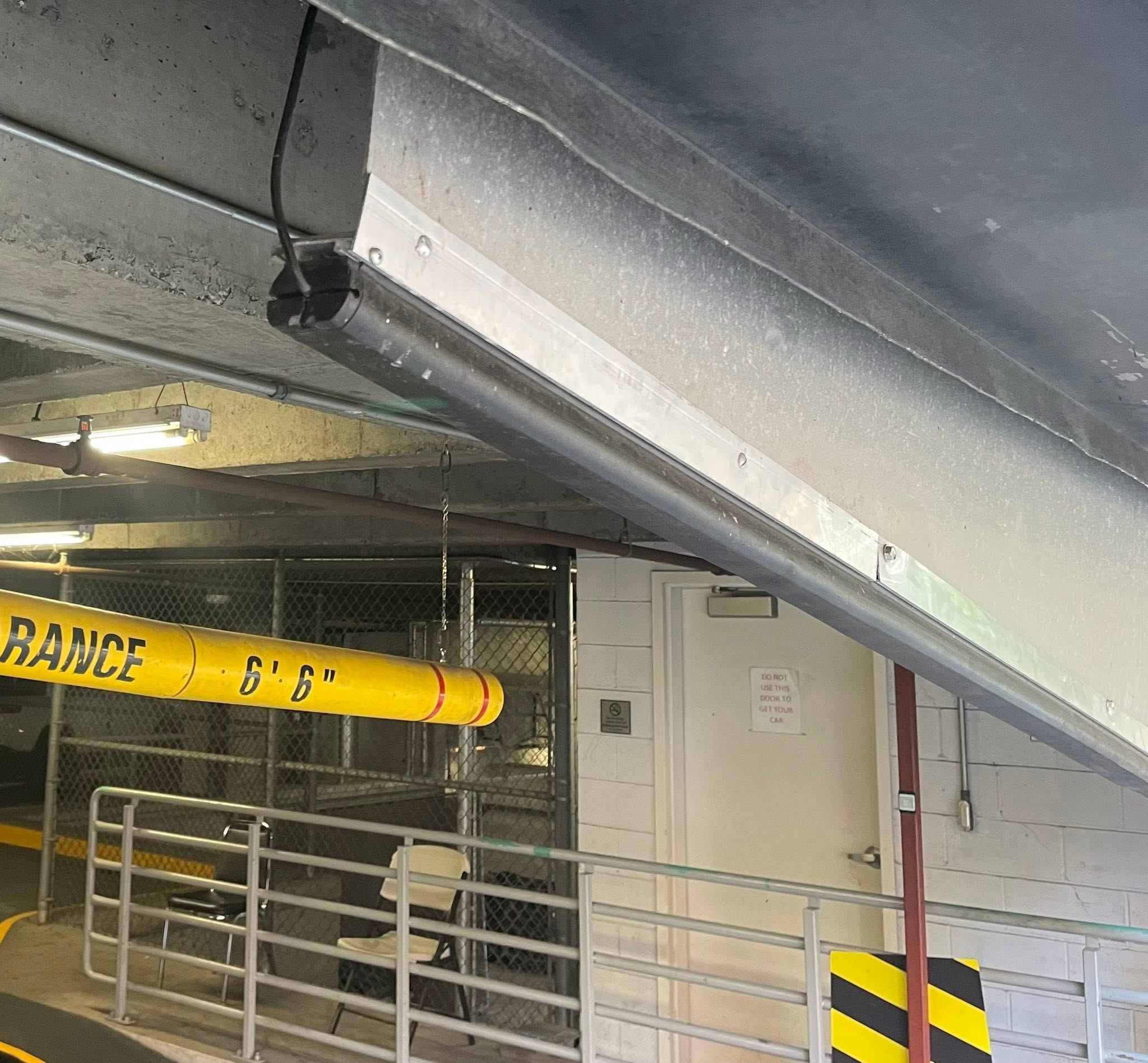
Sensing Edges Guide
Channels and Mounting Options for Reliable Placement
Using channels to mount safety edges is a practical way to ensure they stay in place and function properly over time. These channels are designed to house the edge securely while protecting it from dirt, water, and other elements commonly found in parking garage environments. They come in a variety of profiles to fit different edge shapes and can be installed on sectional doors, barrier arms, and rolling steel doors. The mounting process is straightforward, often requiring only screws or adhesive, depending on the material. By guiding and holding the safety edge in the right position, channels prevent sagging and misalignment, which could otherwise interfere with signal transmission or detection. This results in a more professional setup and extends the life of the safety edge itself.


How Safety Edges Support Gate Timing and Traffic Flow
In parking garages where timing is key, safety edges help operators manage traffic flow more effectively. Gates and doors that close too slowly may cause backups, while ones that close too quickly pose a risk of hitting vehicles. Safety edges allow for a faster close cycle without sacrificing safety, as they provide immediate feedback if something is in the way. This means gates can be set to operate more efficiently without increasing risk. For garages with multiple entry and exit lanes or timed access control, safety edges ensure that gates function in sync with sensors, timers, and traffic lights. They contribute to smoother operations, reduce delays, and provide a more predictable experience for daily users and guests alike.
Frequently Asked Questions About Safety Edges
What Is A Safety Edge And How Does It Work?
A safety edge is a pressure-sensitive strip that attaches to the edge of a moving door or gate. When it makes contact with an object or person, it compresses slightly and sends a signal to stop or reverse the door’s motion. This helps prevent damage or injury by halting movement immediately. Safety edges are commonly used in commercial and high-traffic environments like parking garages.
Can Safety Edges Be Used With Any Type Of Garage Door?
Yes, safety edges can be used with sectional, rolling, and overhead garage doors. The key is choosing the right profile and mounting channel that matches the door’s movement and surface. Safety edges are flexible and come in a variety of sizes to suit different applications. Proper alignment ensures full functionality across the length of the door.
Are Wireless Safety Edges Reliable In Parking Garages?
Wireless safety edges are highly reliable when installed and maintained correctly. They use a transmitter and receiver to communicate signals without the need for physical wiring. This makes them especially useful in environments where exposed wiring could be damaged. Battery checks and regular testing help maintain performance over time.
How Do I Know If My Safety Edge Needs Maintenance?
Signs of wear include slow or inconsistent response, visible cracks, or stiff compression. If the edge doesn’t trigger the door to stop when pressed, it should be inspected immediately. Wireless models may also fail if the transmitter battery is low. Regular monthly checks help catch issues early and keep the system working smoothly.
Do Safety Edges Interfere With Garage Door Automation?
Safety edges are designed to complement automation, not interfere with it. They work alongside access control systems and door operators to provide an added layer of protection. When contact is detected, the system temporarily overrides automation to prioritize safety. Once cleared, the automation continues as normal.
Can Safety Edges Be Added To Existing Garage Doors?
Yes, most safety edges are designed for retrofit as well as new installations. Wired and wireless options can be integrated into existing control systems with basic adjustments. Choosing the right edge and channel ensures proper fit and function. Professional installation can help ensure compatibility and responsiveness.
Contact Us
If you're looking to improve the safety and efficiency of your parking garage, safety edges are a smart and practical solution. Whether you need wired or wireless models, proper edge profiles, or help understanding mounting options, our team can guide you through every step. We offer products that work with most commercial garage door systems and can help reduce risks in busy, high-traffic environments. Regular maintenance, correct installation, and choosing the right components all make a big difference in long-term performance. Reach out today for expert support and to get answers to any questions you have about safety edges for parking garages.
Contact Us
